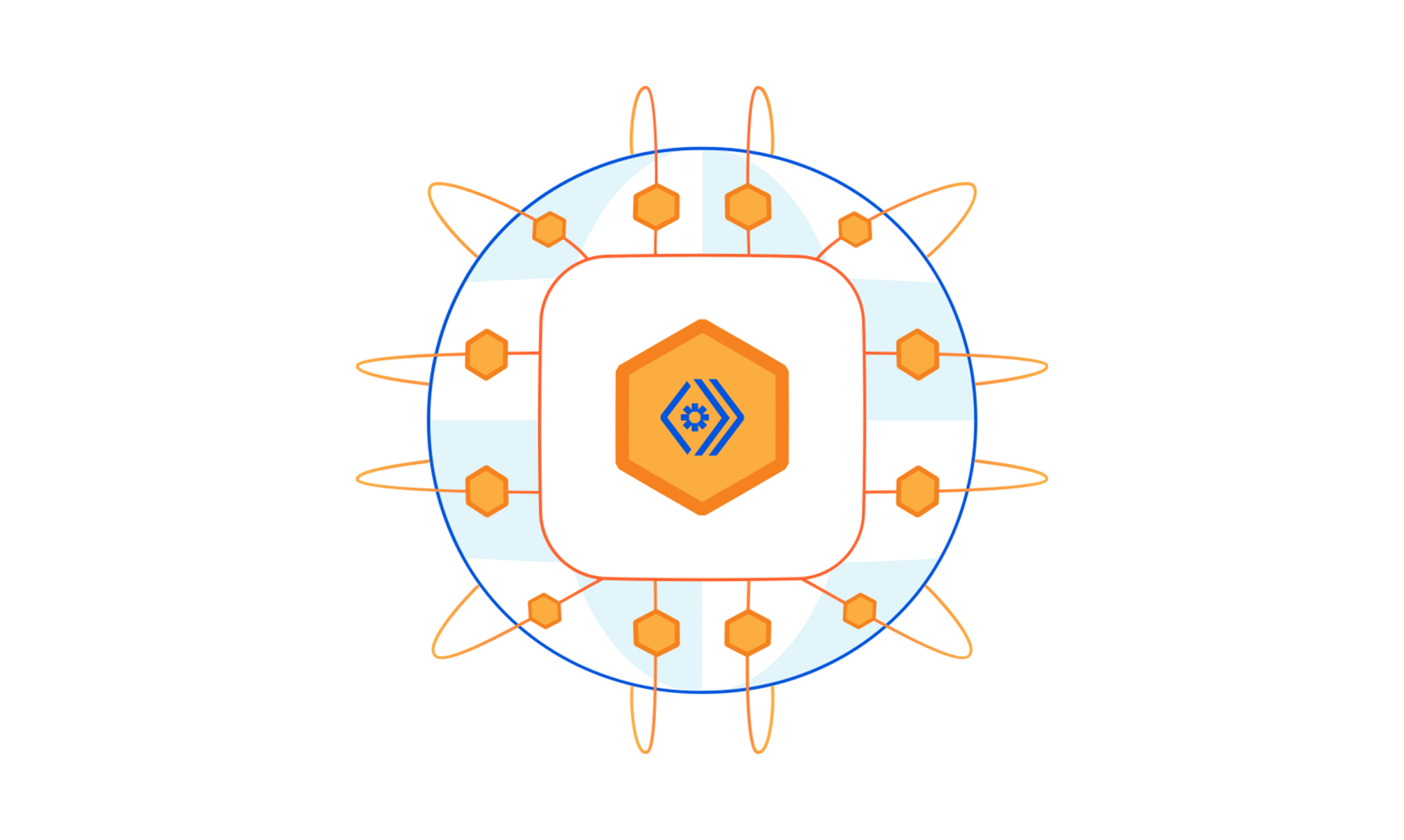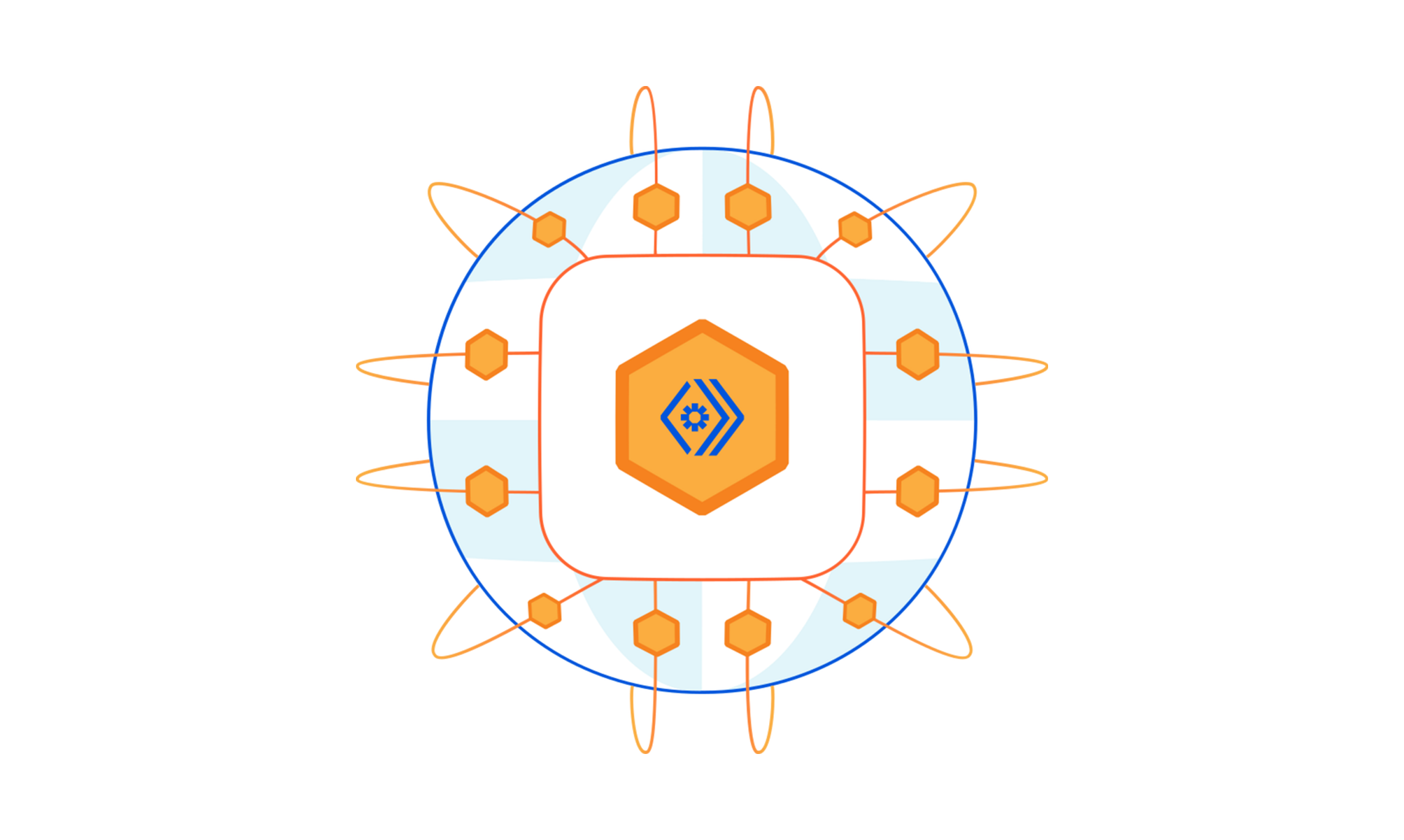Scaling IoT at the Edge for Tomorrow
Blake Kerrigan from Lenovo ThinkEdge discusses edge computing’s evolution and the future of building smart networks at the edge.Requiem for FCoE
FCoE is dead. We’re beyond the point of even asking if FCoE is dead, we all know it just is. It was never widely adopted and it’s likely never going to be widely adopted. It enjoy a few awkward deployments here and there, and a few isolated islands in the overall data center market, but it it never caught on the way it was intended to.
So What Killed FCoE?
So what killed FCoE? Here I’m going to share a few thoughts on why FCoE is dead, and really never was A Thing(tm).
It Was Never Cheaper
Ethernet is the champion of connectivity. It’s as ubiquitous as water in an ocean and air in the.. well, air. All the other mediums (ATM, Frame Relay, FDDI, Token Ring) have long ago fallen by the wayside. Even mighty Infiniband has fallen. Only Fibre Channel still stands as the alternative for a very narrow use case.
The thought is that the sheer volume of Ethernet ports would make them cheaper (and that still might happen), but right now there is no real price benefit from using FCoE versus FC.
In the beginning, especially, FCoE was quite a bit more expensive than running separate Continue reading
World Backup Day 2021: Hybrid Workforce Makes Backups Critical
World Backup Day reminds us that IT leaders must ensure their data protection strategies address today’s changing needs and provide the flexibility and future-proofing to support tomorrow’s opportunities.Pluribus Unveils New Disaggregated Freedom Series Switches with Inaugural Listing on the OCP Marketplace
Introduction There are a few key trends in the data center networking industry that are driving new technology innovation, development...
The post Pluribus Unveils New Disaggregated Freedom Series Switches with Inaugural Listing on the OCP Marketplace appeared first on Pluribus Networks.
Day Two Cloud 091: BGP School For Cloud People
On today's Day Two Cloud, Ethan Banks and Ned Bellavance dive into essentials about BGP including why it's so widely used, concepts such as the Autonomous System (AS), the AS number, loop prevention, BGP communities, IBGP, EBGP, and more.Day Two Cloud 091: BGP School For Cloud People
On today's Day Two Cloud, Ethan Banks and Ned Bellavance dive into essentials about BGP including why it's so widely used, concepts such as the Autonomous System (AS), the AS number, loop prevention, BGP communities, IBGP, EBGP, and more.
The post Day Two Cloud 091: BGP School For Cloud People appeared first on Packet Pushers.
Sarantaporo.gr Community Network: Tending to Our Communities’ Needs with Care and Flexibility
At the beginning of May 2020, the Sarantaporo.gr community network team was approached by the Mayor of Elassona, a municipality in the Thessaly region in central Greece. He was asking for help with a very common problem that villages in our municipality face: lack of access to Internet connectivity. “Sykea” or “Sykia” is an isolated […]
The post Sarantaporo.gr Community Network: Tending to Our Communities’ Needs with Care and Flexibility appeared first on Internet Society.
Free Networking ArubaOS-CX Lab Image From Aruba Networks
This is a continuation of my post documenting hassle-free, virtualized network operating system images you can download for labbing and learning.
Aruba Networks (HPE) ArubaOS-CX
What is it?
While you probably think of wireless networking first when Aruba Networks comes up, ArubaOS-CX is a ground-up network operating system for switches built by the former HPE ProCurve team, if memory serves me correctly. Aruba has been a part of HPE for some time, and the networking folks within HPE fall under the Aruba hierarchy as I understand it.
I wrote an overview of ArubaOS-CX as part of a series on the Aruba 8400 switch launch back in October 2017.
Aruba offers a virtual version of ArubaOS-CX delivered as an OVA. You can use the OVA as-is, or extract the OVA tarball to get to the vmdk and convert the vmdk to a qcow2 image, all depending on what your hypervisor needs.
How do I obtain the image?
- Create an Aruba Support Portal account & log in via https://asp.arubanetworks.com/.
- Head to Software and Documents, currently https://asp.arubanetworks.com/downloads.
- In the left pane, filter on…
- File type: Software
- Product: Aruba Switches
- File Category: OVA
- Sort by: Version New To Old
- That Continue reading
Tom’s Corner and Turning Another Corner

Thanks to everyone that popped in for Tom’s Virtual Corner at Cisco Live Global 2021. It was a great time filled with chats about nothing in particular, crazy stories about unimportant things, and even the occasional funny picture. It was just was Tom’s Corner has always been. A way for the community to come together and be around each other in a relaxing and low-key environment. Maybe we couldn’t meet in person but we got together when we needed it the most.
There was also something else that Tom’s Corner has represented for me for the last year that I didn’t even catch until it was pointed out to me by my wonderful wife Kristin (@MrsNetwrkingNerd). Tom’s Corner was the start of something that made me feel better about everything.
Get On Up and Move
After Tom’s Virtual Corner in 2020, I was energized. I needed to get up and get things done after sitting in a chair for hours talking to all my absent friends and getting the energy I needed to feel after months of being locked away during a pandemic. I felt on top of the world for the first time in quite a while. Continue reading
Durable Objects, now in Open Beta


Back in September, we announced Durable Objects - a new paradigm for stateful serverless.
Since then, we’ve seen incredible demand and countless unlocked opportunities on our platform. We’ve watched large enterprises build applications from complex API features to real-time games in a matter of days from inception to launch. We’ve heard from developers that Durable Objects lets them spend time they used to waste configuring and deploying databases on building features for their apps. More than anything, we’ve heard that you want to start building with Durable Objects now.
As of today, Durable Objects beta access is available to anyone with a Cloudflare Workers® subscription - you can enable them now in the dashboard by navigating to “Workers” and then “Durable Objects”. You can also upgrade to the latest version of Wrangler to deploy Durable Objects!
Durable Objects are still in beta and are being made available to you for testing purposes. Storage is capped per-account at 10 GB of data, and there is no associated SLA for Object availability or durability.
What are Durable Objects?
Durable Objects provide two things: coordination across multiple Workers and strongly consistent edge storage.
Normally Cloudflare’s network executes a Continue reading
Intermittent Terraform Authentication Failure Using AWS Provider in a Vagrant VM
TL&DR: Client clock skew could result in AWS authentication failure when running terraform apply
When I wanted to compare AWS and Azure orchestration speeds I encountered a crazy Terraform error message when running terraform apply:
module.network.aws_vpc.My_VPC: Creating...
Error: Error creating VPC: AuthFailure:
AWS was not able to validate the provided access credentials
status code: 401, request id: ...
Obviously I did all the usual stuff before googling for a solution:
Intermittent Terraform Authentication Failure Using AWS Provider in a Vagrant VM
TL&DR: Client clock skew could result in AWS authentication failure when running terraform apply
When I wanted to compare AWS and Azure orchestration speeds I encountered a crazy Terraform error message when running terraform apply:
module.network.aws_vpc.My_VPC: Creating...
Error: Error creating VPC: AuthFailure:
AWS was not able to validate the provided access credentials
status code: 401, request id: ...
Obviously I did all the usual stuff before googling for a solution:
DNS at IETF 110
The amount of activity in the DNS in the IETF seems to be growing every meeting. I thought that the best way to illustrate to considerably body of DNS working being undertaken at the IETF these days would be to take a snapshot of DNS activity that was reported to the DNS-related Working Group meetings at IETF 110.Business Survival in Uncertain Times Requires Digital Resilience
The digital resilience of your organization is central to its ability to plan, orchestrate, measure, manage, and prioritize activities.Free Networking Lab Images From Arista, Cisco, nVidia (Cumulus)
Here’s my current list of no cost, minimal headache, easily obtainable networking images that work in a virtual lab environment such as EVE-NG or GNS3. My goal is to clearly document what these images are and how to obtain them, as this data is less obvious than I’d like.
I missed some. Probably a bunch. Let me know on the Packet Pushers Slack channel or Twitter DM, and I’ll do additional posts or update this list over time. Make sure your recommendations are for images which are freely available from the vendor for lab use with no licensing requirements or other strings attached. Use those same channels if you just want to tell me I’m wrong about whatever you come across in this post that’s…you know…wrong. I’m all about fixing the wrong stuff.
The list is vendor-neutral, sorted alphabetically. I have no personal allegiance to any of these operating systems. I’ve worked with both EOS and NX-OS in production environments. JUNOS, too, although I don’t have a Juniper virtual device on this list currently. I haven’t worked with Cumulus in production, although it’s been a passive interest for a while now.
Remember–configuration is the boring part. Select a NOS Continue reading